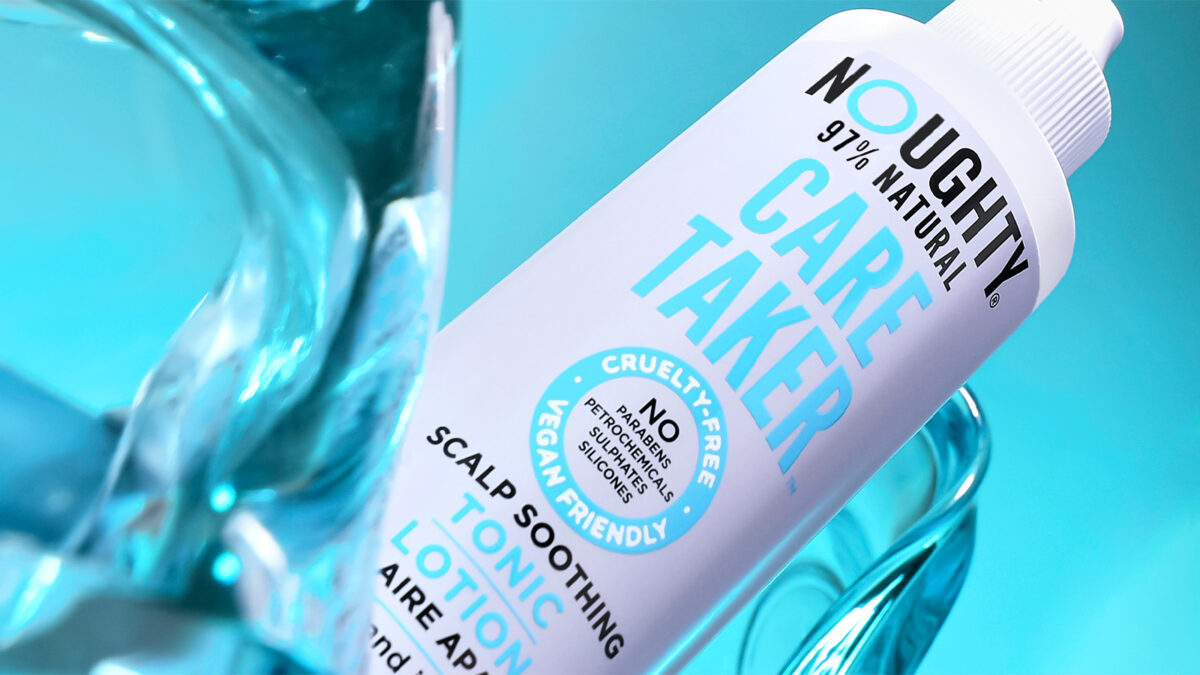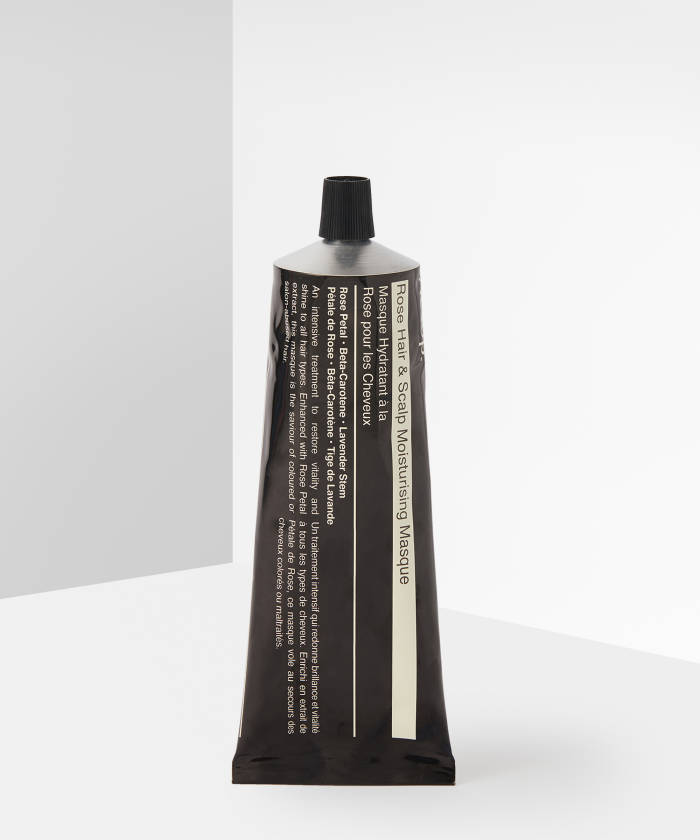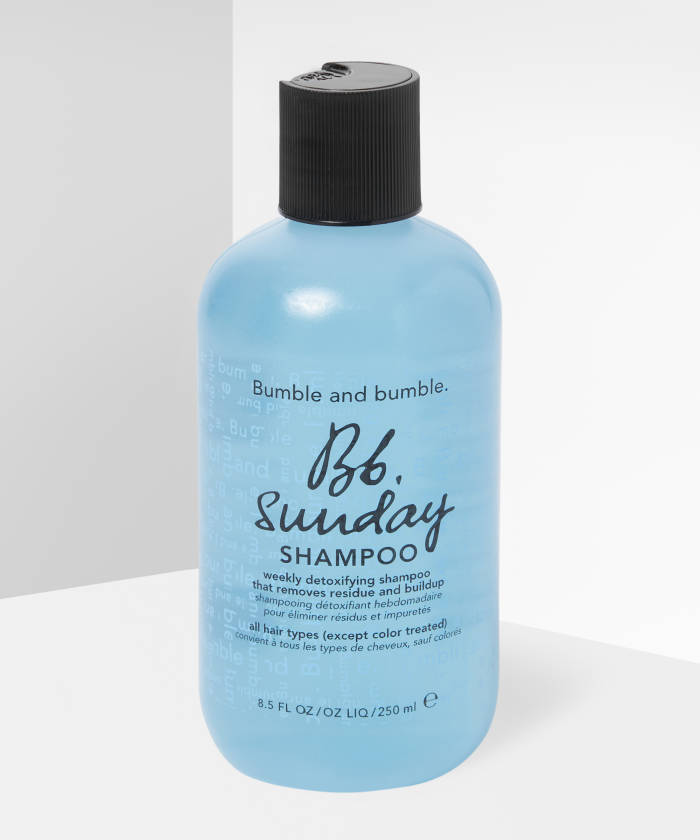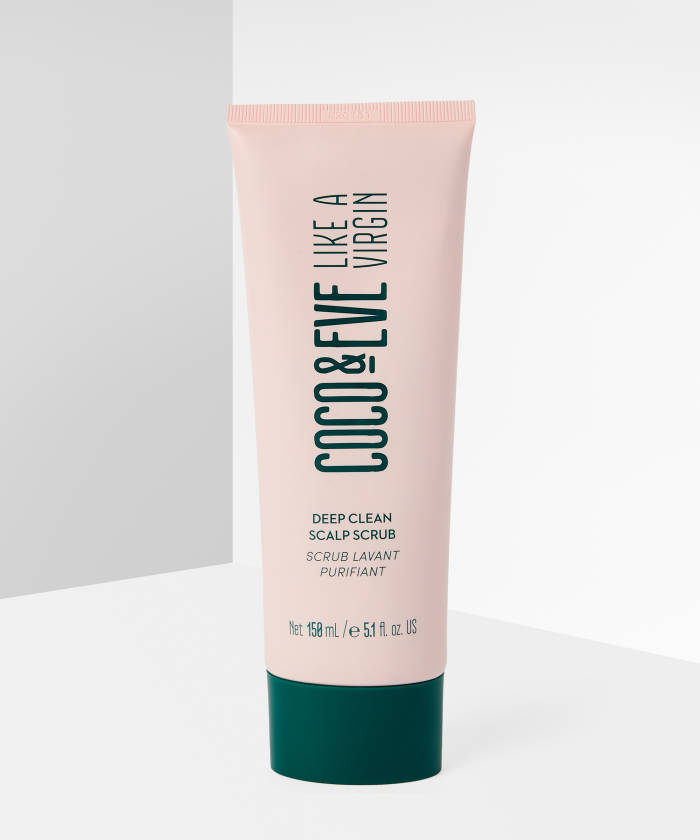Hi Grace,
For the last few months, I’ve noticed flakes around my scalp and on my shoulders. I’m guessing this is dandruff but the anti-dandruff products that I’ve been using haven’t made much difference. How do I get rid of them?
Luke
There’s a lot of chat about scalp issues and scalp care at the moment – and quite rightly! The scalp is an extension of the skin on our faces and in many ways has the same functions and behaviours. It’s also responsible for hair health and growth, so it really is important to get to the bottom of any issues ASAP to help prevent long-term concerns.
When people notice flakes it’s easy to jump to the conclusion that dandruff is the answer. After all, it’s probably the scalp condition we hear most about. However, it could also be a sign of a dry scalp or even of product buildup – which might be why the pacts you’ve tried so far haven’t made much impact. It’s not always easy to differentiate between the three and they all require a different method of treatment, however as a general rule, the larger the flakes and the oilier the scalp feels, the more likely it is to be dandruff. I’ve broken down the main indicators of the three below to help you figure out which one you’re experiencing and how to treat it.
Dandruff
Signs of dandruff
Large, oily, yellow flakes which appear in and fall from your hair. They may also be found in your eyebrows, beard, and hairline. You might experience some itchiness and your scalp probably feels oily or scaly when you touch it.
Causes of dandruff
Essentially, dandruff is caused by a sensitive scalp. Our scalps naturally produce a yeast which breaks down and produces oileic acid, which some people are more sensitive to than others. Sensitive scalps respond to this by becoming irritated, so they speed up the process of shedding skin cells (hence the flakes). If your scalp is also dry, oily, or irritated by products then this can contribute and make matters worse.
Treatments for dandruff
A lot of products designed for dandruff are too harsh and will cause further irritation, so stick to brands that specialise in scalp care, like Philip Kingsley or Davines. Ideally you want to use products that are gentle and will balance out your scalp. Avoid over-washing your hair – it’s a total myth that dandruff is causes by dirty hair, and over-washing can cause irritation that makes things worse. Don’t skip moisturisin products like conditioner, and use a weekly scalp treatment to gently exfoliate and remove the dead skin cells.
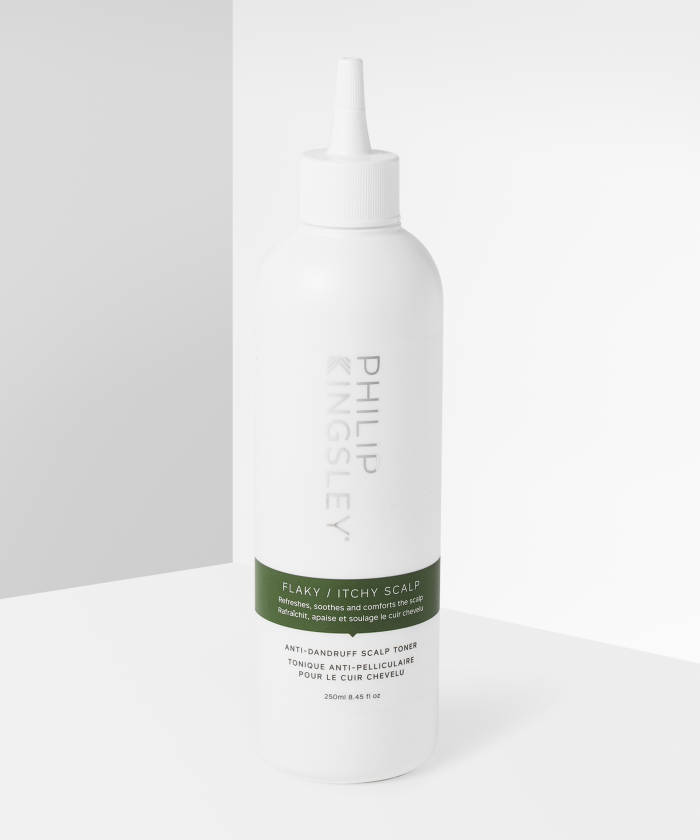
Philip Kingsley Flaky/Itchy Scalp Anti-Dandruff Scalp Toner
Dry scalp
Signs of a dry scalp
Flakes are smaller, dryer, and lighter in colour than dandruff flakes. They don’t tend to fall as much as dandruff, but you may spot them on your scalp or notice they fall when you are combing or touching your hair.
Causes of a dry scalp
A dry scalp is just dry skin, so if you identify with having dry skin (or even eczema or psoriasis) on your face or body, it’s fairly likely you’ll experience it on your scalp too. Essentially, your scalp’s skin barrier is damaged and needs some TLC. As with dry skin, cold weather can be a trigger, so you may notice this condition more in the winter months.
Treatments for a dry scalp
Use gentle, moisturising shampoos, conditioners, masks, and scalp treatments which will soothe, hydrate, and repair the skin on your scalp. Leave hair oils or moisture masks in overnight for an intensive hydration treatment, avoid over-washing, and exfoliate your scalp once a week with a gentle scalp massager. With the right treatment, a dry scalp should clear up quite quickly, whereas dandruff can be more stubborn.
Product buildup
Signs of product buildup
When you touch or scatch your scalp you might see a grey-white residue come away. You might also notice that your scalp feels oily, that you don’t have much movement in your roots, or that you experience flakes immediately after washing your hair.
Causes of product buildup
Styling products (and even shampoo and conditioner) that hasn’t properly been removed leaves residue on our scalps. Consider how much you rely on hairsprays and dry shampoos, and how much time you spend rinsing products from your hair when you shower.
Treatments for product buildup
Exfoliate your scalp with a deep cleansing shampoo or acid-based treatment to break down and remove the buildup. Ensure that you rinse your hair thoroughly – you may want to introduce a comb or scalp massager into your shower routine.
